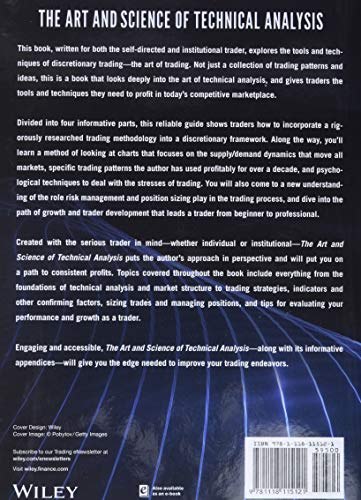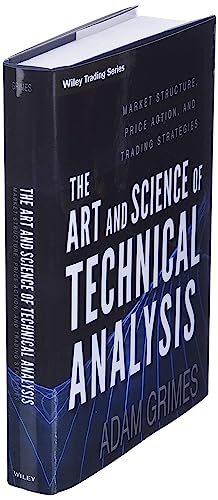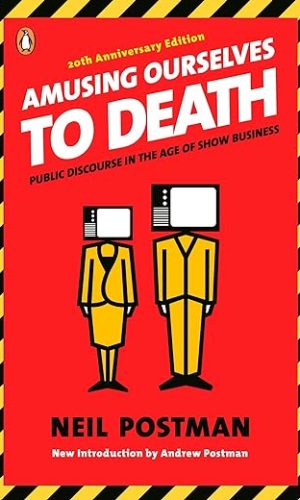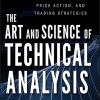The Art and Science of Technical Analysis: Market Structure, Price Action, and Trading Strategies: 544 (Wiley Trading)
£48.20
The Art and Science of Technical Analysis is a groundbreaking work that bridges the gaps between the academic view of markets, technical analysis, and profitable trading. The book explores why randomness prevails in markets most, but not all, of the time and how technical analysis can be used to capture statistically validated patterns in certain types of market conditions. The belief of the book is that buying and selling pressure causes patterns in prices, but that these technical patterns are only effective in the presence of true buying/selling imbalance.
The Art and Science of Technical Analysis is supported by extensive statistical analysis of the markets, which will debunk some tools and patterns such as Fibonacci analysis, and endorse other tools and trade setups. In addition, this reliable resource discusses trader psychology and trader learning curves based on the author’s extensive experience as a trader and trainer of traders.
- Offers serious traders a way to think about market problems, understand their own performance, and help find a more productive path forward
- Includes extensive research to validate specific money-making patterns and strategies
- Written by an experienced market practitioner who has trained and worked with many top traders
Filled with in-depth insights and practical advice, The Art and Science of Technical Analysis will give you a realistic sense of how markets behave, when and how technical analysis works, and what it really takes to trade successfully.
Read more
Additional information
| Publisher | 1st edition (26 July 2012), Wiley |
|---|---|
| Language | English |
| Hardcover | 480 pages |
| ISBN-10 | 1118115120 |
| ISBN-13 | 978-1118115121 |
| Dimensions | 18.8 x 4.57 x 25.65 cm |












by Amazon Customer
I was impressed with this book, especially the structure and framework used to view markets and trades.
a few lines from the book/blog helped me:
“Every edge we have is driven by an imbalance of buying and selling pressure. From a technical perspective, every edge we have is generated by a disagreement between buyers and sellers. When they are in balance (equilibrium), market movements are random.
The job of traders is to identify those points of imbalance and to restrict their activities in the markets to those times.
Since we cannot profit consistently (i.e., above the probability of a coin flip) in random markets, it makes sense that we should limit our exposure to times where there is a clearly-defined imbalance of buying and selling pressure. When this occurs, which is often visible in certain patterns in prices, we now have the possibility of creating trading profits. Thus, identifying the imbalance, is the first step in any technical trading.
So, ask yourself some hard questions: Do you understand how to identify points of imbalance in the market, and do your trading patterns respect this reality? Do you believe that markets are usually random? Do you understand that no profits are possible in random markets–that nothing will help? Not money management, exit strategies, or positions sizing. You must wait for an imbalance to emerge on your timeframe, and, only then, take action in the market.
What is your edge in the market? How do you know? If you are going to be successful trading, you absolutely must have an edge in the market. Money management is not an edge. Psychology is not an edge. An edge is something that lets you pull profits out of an extremely competitive market environment, that gives you some edge over the randomness that dominates price movements. How do you know what your edge is? If you can’t answer these questions, you don’t have any business putting risk on in the markets. You do not have an edge because you bought a book or took a training course, no matter how much money you paid or who taught you. You must have sufficient math skills to understand probability and randomness and truly understand your edge in the market.”
by Jake
I purchased this book mainly out of support for Adam. I took his free online course approximately a year ago when I first became curious about financial markets and am now at a stage where I’m starting to find consistency in my system. Adam’s course was invaluable to my development as a trader and the fact that he gives such quality and extensive information out for free is really amazing, especially when you consider the large number of courses/gurus out there that charge insane amounts for trash information or promise to reveal ‘the secret’. I only wish that I had purchased this book sooner.
Thanks for all you do for the community Adam !
by Johnny
This is a book every TA should read, especially those new to the concept. The book is well structured and each chapter covers the basics first and then expands on the initial ideas. It goes to show that a well written book does not have to be supplemented with complexities such as unnecessary mathematics and pseudoscience to be an effective learning tool. Adam writes from experience and provides an honest and forthright approach to TA. Trading is difficult and having a good grasp of the basic components, coupled with an understanding of some of the key metrics / indicators is a big help.
by G Singh
Markets have changed and continue to change, understanding these changes and learning from Adam keeps you grounded what has worked and continues to work, timeless education and knowledge. Adam is a proven trader and offers much more than just understanding technical analysis, this book will change your trading if you apply and follow what you learn, the discipline comes from the student, the teacher Adam has laid the path, for a successful trading journey.
by Dimitar T.
Many books exist explaining technical analysis but for me this one just stands out with information I had not read anywhere else. Massive Thanks Adam Grimmes
by T. Le
Been a struggling trader for 4 years and have read pretty much every trading book under the sun. I found this to be a “hidden gem” in the sense that it is not given the reverence that it should. The first thing Adam does is correct our understanding of trading edge, risk and randomness (from both a statistical angle and via the faulty cognitions that we have). From this perspective, we are then given a framework for understanding market structure and patterns that actually work in practice.
The book is written with a certain empathy for traders who are trying to sift their way through their own trading education: – often finding a lot of dishonest and misinformed courses and books – by being clear on the some indisputable truths about market behaviour. Patterns are discussed in context and with clear risk points, unlike the standard TA stuff that is often thrown about in the trading literature and media. In a perverse way, the title of the book does it a small disservice as the book provides a holistic approach to becoming a successful trader from the ground up. The section about The Self-Directed Trader is a psychology book in itself, and even as a standalone book on T.A, I find it superior to the classical TA books on my shelf.
This is an excellent book that provides even the experienced traders with plenty of “aha” moments while being written with such clarity and honesty that a beginner trader would learn a great deal from it. As mentioned at the start, it is an underrated book and should stand alongside (if not at the very top) the works of revered trading teachers such as Dr. Steenbarger or Ariel Kiev. This book was personally a game changer for me and I find myself constantly referencing back to it amidst the chaos of the trading day.